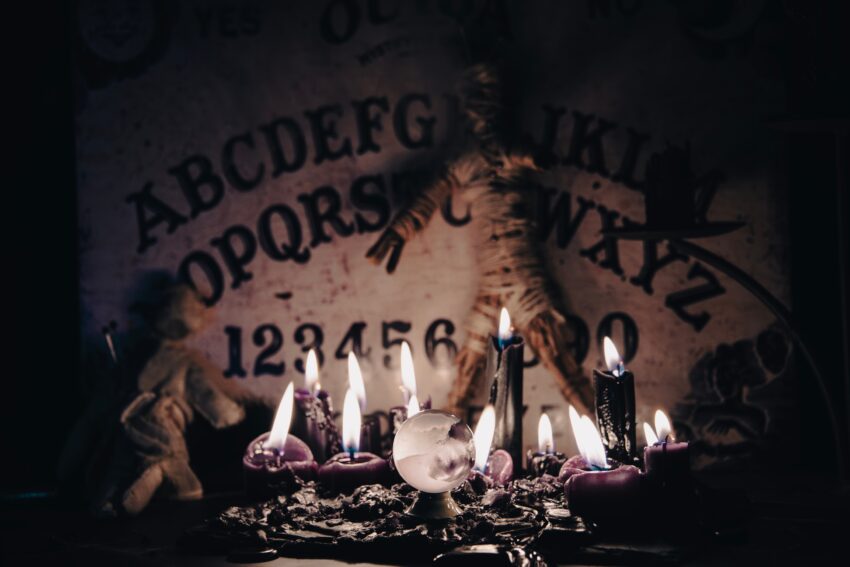
Hexes and Curses in American Folk Tradition
Ever get the feeling that something’s just… off? Like maybe someone’s giving you the side-eye, and now you’re having the worst week of your life? Well, maybe, just maybe, you’re cursed. In American folk tradition, hexes and curses are powerful tools that can supposedly bring a whole world of trouble down on someone. They’re part of a cultural heritage filled with eerie stories, strange rituals, and the idea that someone else’s bad vibes can actually affect your life. Let’s explore some of these old beliefs about curses and hexes that still haunt us today.
Key Takeaways
- Curses and hexes are part of American folklore, reflecting beliefs that negative vibes can impact lives.
- Different traditions, like Pennsylvania Dutch Hexerei and Hoodoo, have unique practices for cursing and protection.
- Common curses include the evil eye and personal hexes, often tied to community interactions and jealousy.
- Protective tools like hex signs and amulets play a vital role in warding off misfortune and hexes.
- Modern services for hex-breaking still exist, blending traditional rituals with contemporary needs for healing.
Table of contents
Different Kinds of Hexes and Where They’re From
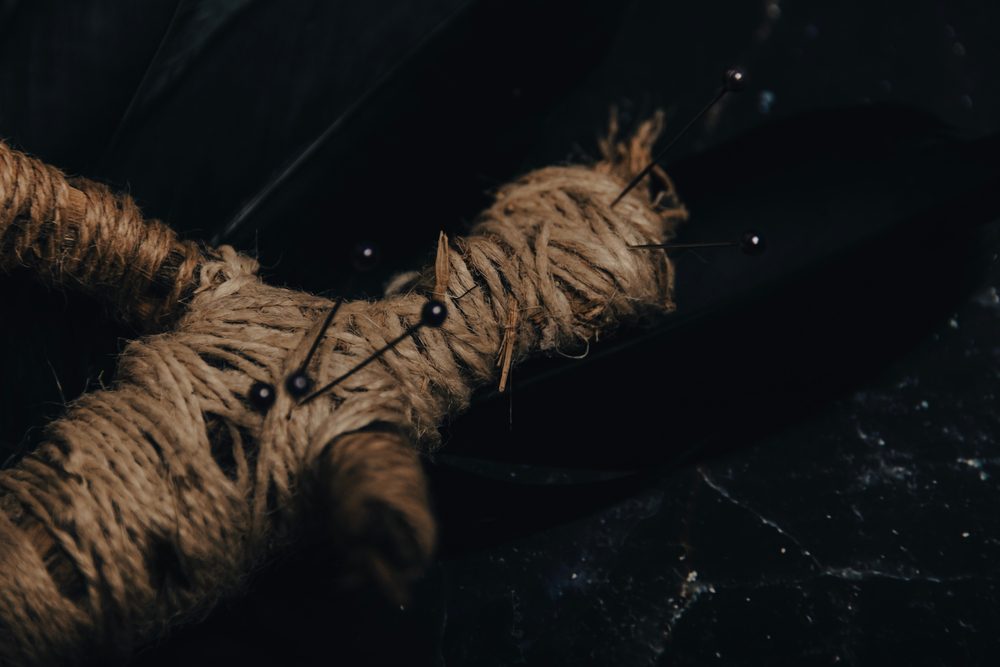
Pennsylvania Dutch Hexerei
In Pennsylvania Dutch country, hexes aren’t all bad. The hex signs painted on barns are thought to protect, not harm, and feature designs like birds, hearts, and tulips. But not every hex is so warm and fuzzy. Hexerei (which literally means witchcraft) includes darker practices too. When someone wanted to lay a curse, they’d use symbols and rituals for that specific purpose. They even made a distinction between good magic, used for healing, and bad magic, used for harm.
Hoodoo and Conjure
Hoodoo, also known as Conjure, is a mix of African, Native American, and European beliefs and practices. Hoodoo curses, known as “laying tricks,” can involve powders, oils, and sometimes hair or personal items from the person being cursed. It’s not all about harm, though; a lot of Hoodoo focuses on protection and good luck too. Practitioners might wear a “mojo bag” filled with herbs and charms to fend off any bad juju.
Appalachian Folk Magic
In the hills of Appalachia, curses and hexes are a little different. Many of these folk traditions came from the Scots-Irish settlers who brought their own beliefs about the “evil eye” and the power of plants. In Appalachian magic, protective charms might include a “witch ball” or a bottle filled with pins, hair, and nails. Folk magic here is often combined with Bible verses or prayers, so it has a unique Christian spin. In many ways, this makes it feel less like witchcraft and more like country wisdom passed down through the generations.
Common Types of Curses and Hexes
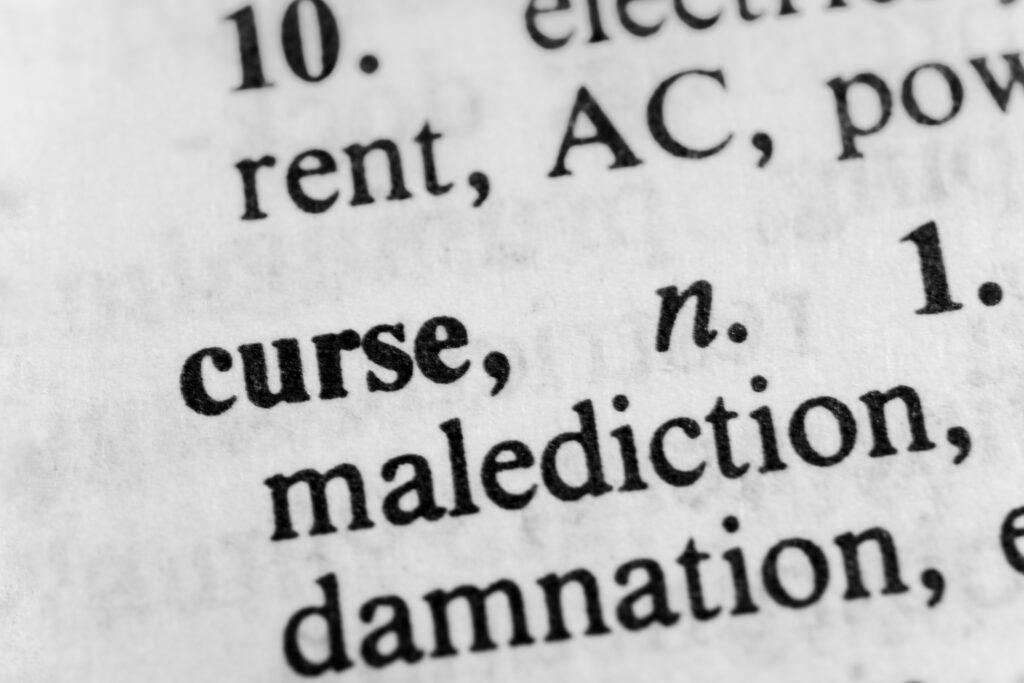
The Evil Eye
The evil eye is simple: if someone’s envious enough, they can cause you misfortune just by looking at you. Think of it like a “death glare” with magical properties. In American folk tradition, it’s common to hear people talk about feeling “jinxed” or “cursed” by someone’s look. Wearing a charm to protect against it, like a horseshoe or even just a red ribbon, is a common way to guard against the evil eye.
Personal Hexes
Sometimes, curses get personal. If someone in the community made you mad, it wasn’t uncommon for them to leave a hex on your doorstep. Maybe you’d find a strange line of powder around your house or a small doll (called a poppet) with pins stuck in it. These were subtle ways of saying, “Watch out; you’ve crossed the wrong person.” In these traditions, people believed that curses could mess with everything from your health to your crops. Pretty much anything important to you was fair game.
Cursed Objects and Land
America’s full of spooky stories about cursed objects. Haunted mirrors, bad-luck jewelry, and even cursed houses all have their place in folklore. Often, these objects have dark histories—maybe they were taken from a grave, or maybe something tragic happened nearby. Cursed land is also common in American folklore, especially with tales of Native American burial grounds that are better left undisturbed. It all adds up to one common theme: sometimes, things hold onto bad energy, and it’s best to leave them alone.
Tools for Cursing (and Protecting Yourself)
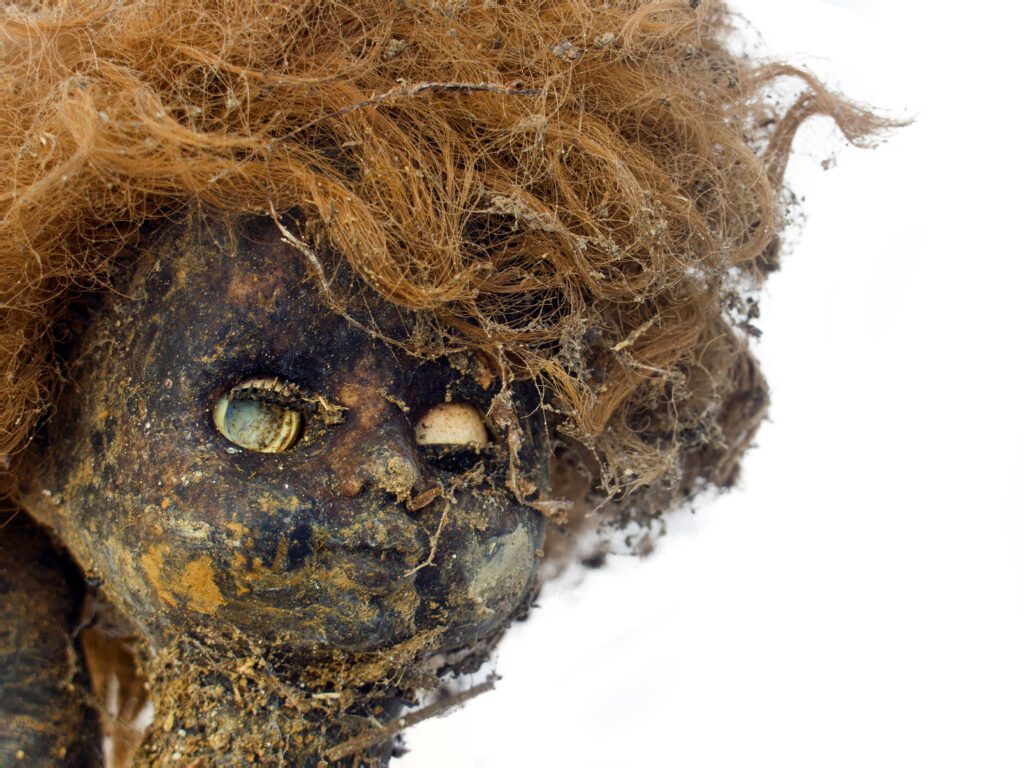
Hex Signs and Symbols
Those hex signs you see on Pennsylvania Dutch barns? They’re not just cute decorations. These symbols, featuring stars, birds, and rosettes, are meant to ward off evil spirits and bad luck. They represent an entire system of folk magic meant to protect families and animals. Some people hang them in their homes, too, as a kind of spiritual security system.
Cursing Tools
When it comes to laying a curse, people use all kinds of objects. A common one is the poppet—a small doll made to represent the person being cursed. In Hoodoo, specific items like sulfur or black salt are believed to give the curse extra strength. Meanwhile, Appalachian folk practitioners might use things like “witch balls” (decorative glass orbs) to reflect a curse back to the sender. These tools aren’t just random; they’re part of a bigger tradition that sees physical objects as carriers of spiritual power.
Protection and Counter-Cursing
Of course, with all these curses flying around, people also needed ways to protect themselves. Hanging a horseshoe above the door, carrying a pouch of salt, or planting certain herbs around the house were all ways to fend off curses. If someone felt they’d been hexed, they might perform a “mirror box” ritual, using a box lined with mirrors to reflect the curse back on the person who cast it. In these traditions, simply acknowledging a curse and using protective charms could sometimes weaken it.
Breaking a Hex (Because Sometimes You Just Need a Clean Slate)
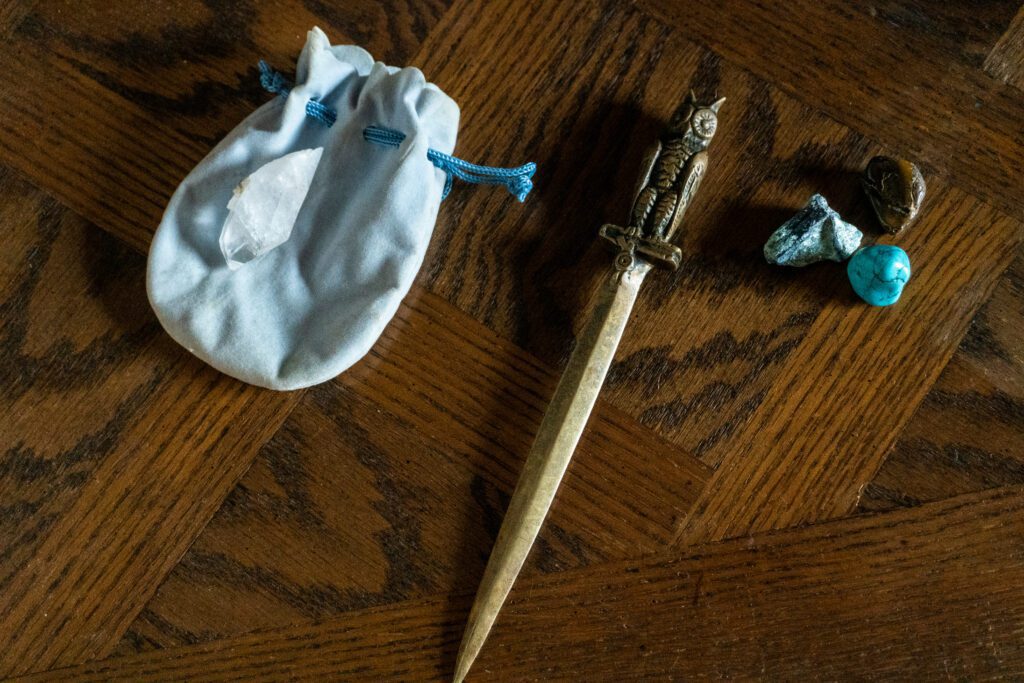
“Un-Hexing” Rituals
To break a hex, folk traditions have all kinds of rituals involving fire, water, or herbs. In Appalachian and Native American traditions, people use sage and cedar smoke to clear away bad energy. One popular method is the “egg cleanse,” where a raw egg is passed over the body to absorb a curse before being cracked and discarded far away. These aren’t just quirky rituals—they’re believed to be effective, especially if you really believe in their power.
Amulets and Talismans
If you want to avoid hexes altogether, try a good luck charm. Many people wear the St. Michael’s medal for protection, while others carry red pouches filled with herbs, salt, and other protective items. These amulets are more than just jewelry; they’re thought to create a spiritual shield that repels bad energy.
Modern-Day Hex-Breaking Services
Believe it or not, hex-breaking is still big business. Today, some Hoodoo practitioners and folk healers offer hex-removal services involving everything from candle ceremonies to spiritual baths. People come in with all sorts of complaints—bad luck, illness, relationship problems—and the healers perform rituals to cleanse their lives. It might sound old-fashioned, but in times of trouble, people will try anything to turn their luck around.
Whether you believe in hexes or just find them fascinating, they’re an important part of American folklore. Curses and hexes are more than just scary stories; they’re ways people make sense of the world, especially when things go wrong. So next time you’re having a string of bad luck, you might want to keep a bit of salt in your pocket… just in case.
Sources
Bland, Gary. Powwowing Among the Pennsylvania Dutch: A Traditional Medical Practice in the Modern World. Pennsylvania State University Press, 2009.
Chireau, Yvonne P. Black Magic: Religion and the African American Conjuring Tradition. University of California Press, 2003.
Fritsch, Alan. Hex Signs: Myth and Meaning in Pennsylvania Dutch Barn Stars. Stackpole Books, 2000.
Hazzard-Donald, Katrina. Mojo Workin’: The Old African American Hoodoo System. University of Illinois Press, 2012.
Randolph, Vance. Ozark Magic and Folklore. Dover Publications, 2002.
Thomas, Keith. Religion and the Decline of Magic: Studies in Popular Beliefs in Sixteenth and Seventeenth Century England. Scribner, 1971.
Wilkie, Laurie A. Strung Out on Archaeology: An Introduction to Archaeological Research. Routledge, 2017.
Yronwode, Catherine. Hoodoo Herb and Root Magic: A Materia Magica of African-American Conjure. Lucky Mojo Curio Company, 2002.
